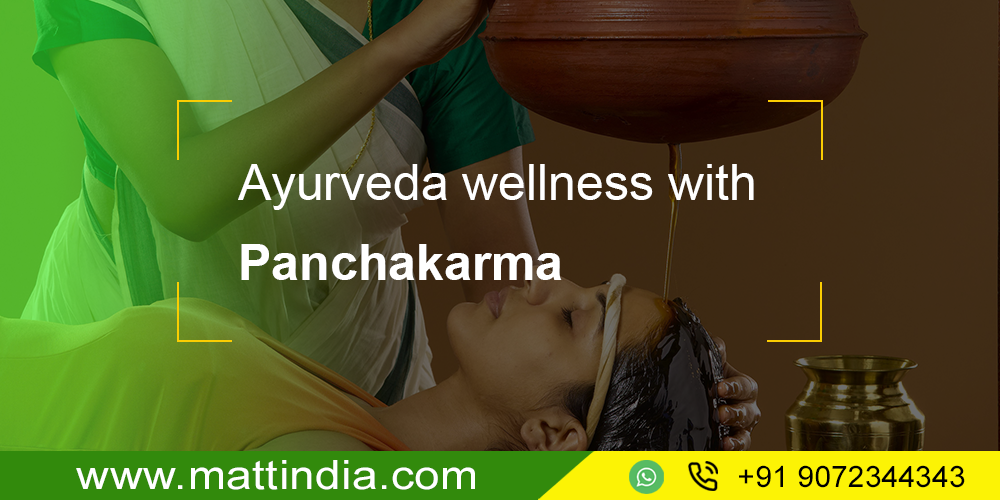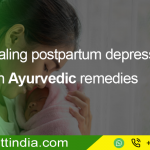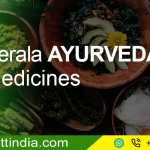Ayurvedic Background
Indian Ayurveda has showed the way how individuals can live and had made the progress from a world loaded with ailments to the world perfectly fit and healthy. The significance of Ayurveda is tremendously grown with regards to alternate forms of medicine.
What is Panchakarma?
Considerably the most eminent branch of Ayurveda is Panchakarma. The name Panchakarma emphasizes “Five Actions” which is well-suited technique relied upon five distinctive basic activities that controls the body namely Vomiting, Purgation, Niruham, Anuvaasan, and Nasyam. In other suitable words, Panchakarma healing technique is a pillar stone on which the majority of Ayurvedic techniques holds.
Panchakarma is obtained from two Sanskrit words entitled as “Panch a” means five and “Karma” means methods, therapy or treatment. As per Ayurveda basis, Panchakarma helps to cleanse, purify and rejuvenate the mind-body.
Panchakarma works best with the usuage of medicated oils rendering in eliminating the impurities from the human body. Panchakarma is the true manifestation of the Ayurvedic strategies and paves it’s reputation. The process of Panchakarma helps eliminate the negative auras or toxins, to correct the affected doshas and thus detox the body, improve immunity, reinstate balance for a definitive mind-body healing and pervading sense of wellbeing.
Why to opt for a Panchakarma?
The mind and body are aligned by Panchakarma techniques. As the body eliminates negative ama or toxins, further the assimilation of nutrients gets enhanced by the removal of toxins to feel nourished by completely cleansing, herewith the mind-body balance is restored in completion. The Agni present in our digestive fire is cleansed that regains our essence, the Ojas.
The Elements of Panchakarma
The Ayurvedic guidelines and principles are aimed on the elements of nature such as Panchabhuta and Tridosha premise. Here, an individual is seen as a perfectly balanced entity of mind-body and soul alignment. If the mind,body and soul gets into proper alignment, we can overcome illnesses, delay ageing and become healthy and look young. Before embarking on a Panchakarma treatment, usually the physician takes into certain considerations such as, the person’s age, gender, vigour, illnesses and the body types to treat appropriately. There are five-stage of therapies that have many procedures administered for a prescribed number of days to the particular individual. Whereas, certain sections of the therapies are administered on targeted individuals, based on their needs, requirements and what their ultimate goal is defered. All these therapies are undertaken by trained personnel under the guidance and direction of the physician for suitable time frame to undergo the transformative process.
Panchakarma treatments as well therapies are carried out by trained therapists under the resident of Ayurvedic physician.
What are the five defining processes in Panchakarma?
There are usually five or Panchakarmas or techniques preferably makeup the Panchakarma are designated as the follows:
Vamana Karma
Vamana Karma is a therapy, wherein vomiting is induced to reduce excess mucus and cleansing the Kapha toxins accumulated in the body by decongesting the respiratory tract of an individual.
Virechana Karma
Virechana Karma is the controlled purgation to eliminate body toxins especially from the stomach, intestines, liver and other organs of an individual. It helps to control pitta dosha and thus significantly reduces its ill-effects on digestion.
Nasya Karma
The nose is considered as the doorway to our head through inhaling and exhaling process. In this technique, herb-infused oil drops are inhaled or vapours from medicinal herbs that have been boiled are inhaled that clears the sinuses and reduces excess mucal secretions and the Kapha-driven problems. It removes any respiratory illness or even allergy-induced sicknesses to calm the central nervous system.
Nirooha Vasti Karma
Both Nirooha Vasti Karma and Anuvasana Vasti Karma are the two types of enemas that usually clears the stomach wastes, the intestines of any waste materials that hasn’t been passed out in the normal course of excretion. This cleansing technique helps to balance the doshas and reduces bloating on the basis of stomach ailments. This type of enema is more water-based with some herbal medicines infused into it.
Anuvasana Vasti Karma
Anuvasana Vasti Karma is another kind of purgation, preferably enema that clears the intestinal tract as well as the whole stomach. This kinda enema is carried out with medicated oils, tonics, and even some milk of plants. This has proven to be effective in reducing dosha-induced illnesses and helps to clear the stomach of any waste residues present in the suitable individual.








